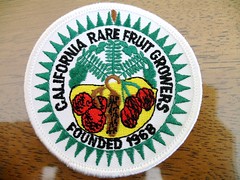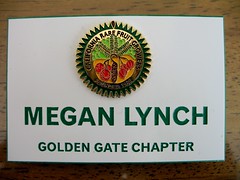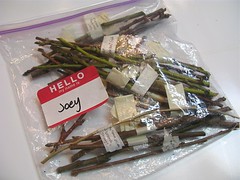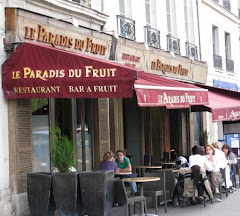
Would pumpkin pie be as plentiful without the diligent efforts of pumpkin-pollinating bees? Perhaps not.
Agricultural Research Service (ARS) entomologist James Cane and his colleagues are discovering more about America’s native bees that pollinate pumpkins, other squashes, and gourds. Most of these bees are members of the genus Peponapis or the genus Xenoglossa, according to Cane. He’s based at the agency’s Pollinating Insects Biology, Management and Systematics Research Unit in Logan, Utah.
Cane has shown, for the first time, that male Peponapis pruinosa play a surprisingly significant role in pollinating the blossoms of yellow summer squash. In the past, less than 10 percent of pollination has been attributed to male bees.
With both male and female bees on the job, fewer bees overall would be needed, according to Cane. That’s a plus for growers and beekeepers because it suggests that increasingly scarce, in-demand hives of honey bees could be freed up for work elsewhere.
Read more about this research in the November/December 2008 issue of Agricultural Research magazine.





























